Urinary Catheter Management and Care
1/18
Earn XP
Description and Tags
These flashcards cover essential concepts related to urinary catheters, their types, management, and care strategies.
Name | Mastery | Learn | Test | Matching | Spaced |
|---|
No study sessions yet.
19 Terms
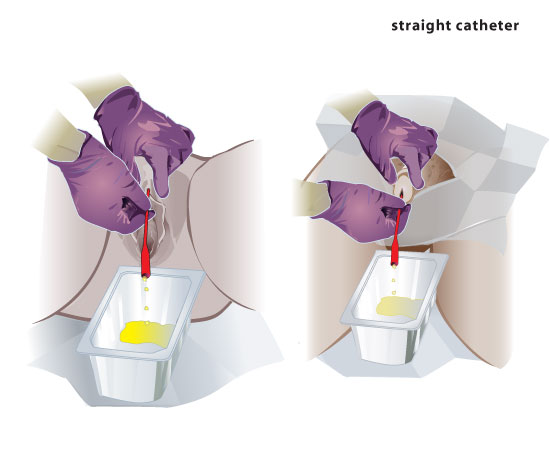
What are straight catheters used for?
Straight catheters are for one-time use and are removed immediately after the insertion and drainage of urine.
What differentiates indwelling catheters from straight catheters?
Indwelling catheters are used short-term and provide a closed drainage system for urine.
Why are retention catheters commonly used postoperatively?
Retention catheters have multiple lumens to allow for urine drainage, bladder irrigation, and medication instillation.
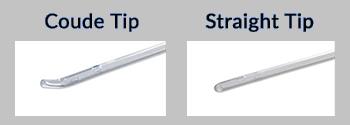
What is the purpose of Coude catheters?
Coude catheters, with a curved tip, are used for clients with prostatic hyperplasia to facilitate easier insertion.
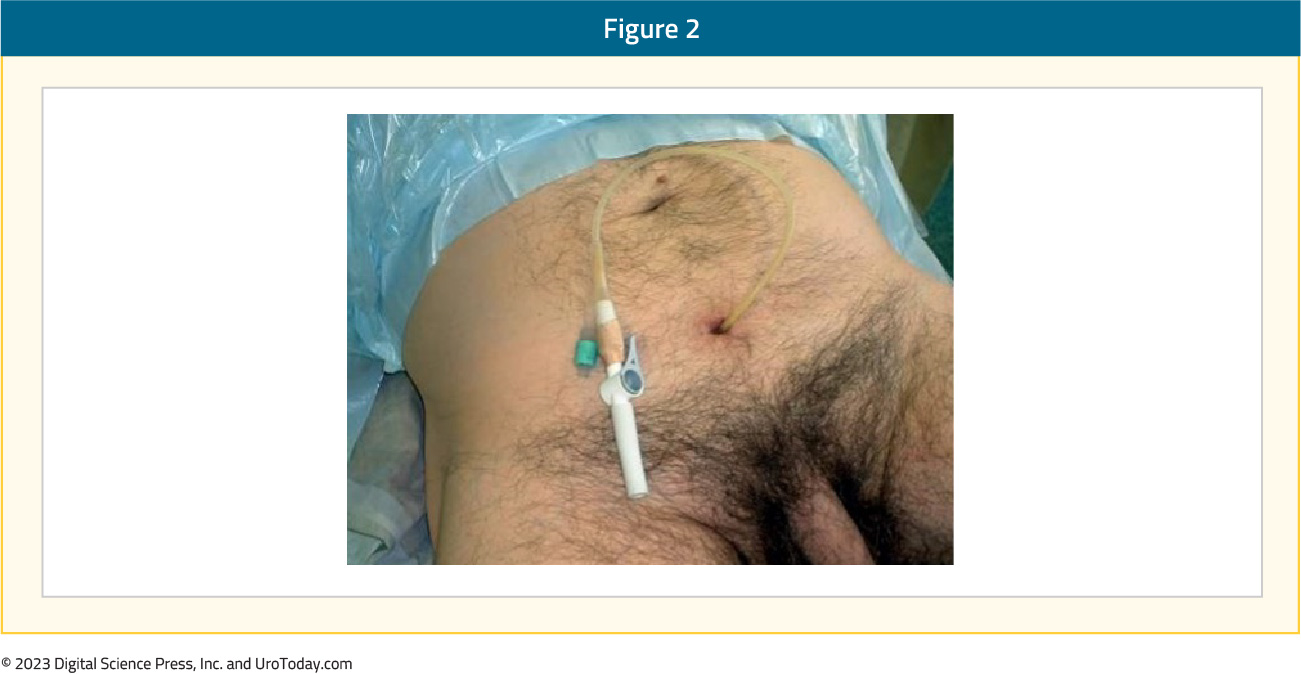
How are suprapubic catheters different from conventional indwelling catheters?
Suprapubic catheters are placed through a surgical opening in the abdomen rather than through the urethra.
They provide an alternative drainage method directly from the bladder.
What is the key advantage of using a standard urinary collection bag?
A standard collection bag has a large capacity, much greater than the human bladder, for holding urine.
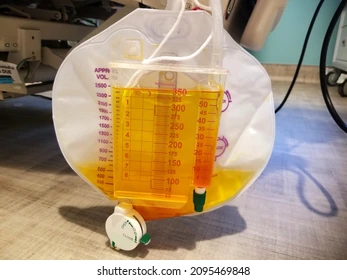
Why should urine collection bags not be allowed to become overfull?
Overfull bags are more prone to leaking and contamination and should be emptied according to facility policy, typically every 8 hours.
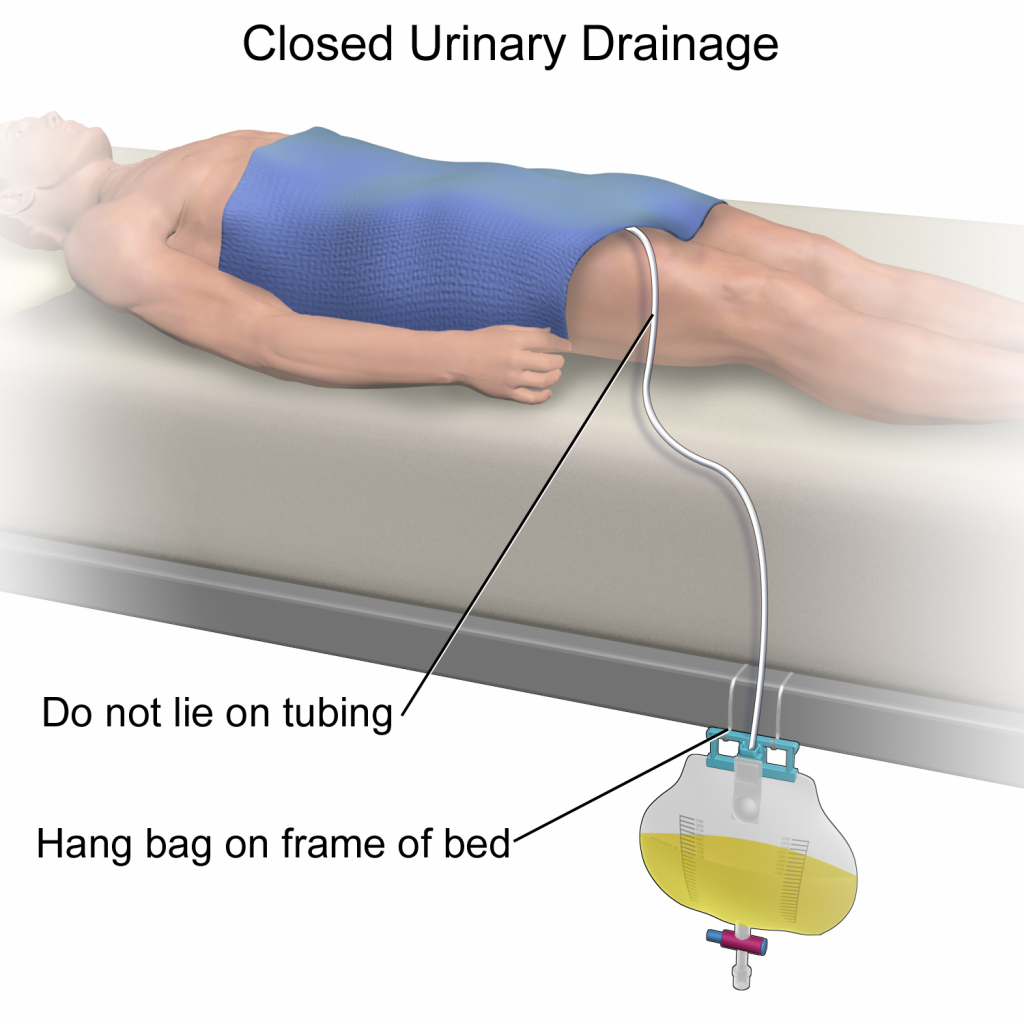
What should be the positioning of collection bags in relation to the client's bladder?
Collection bags should be placed at a level below the client’s bladder to avoid reflux.
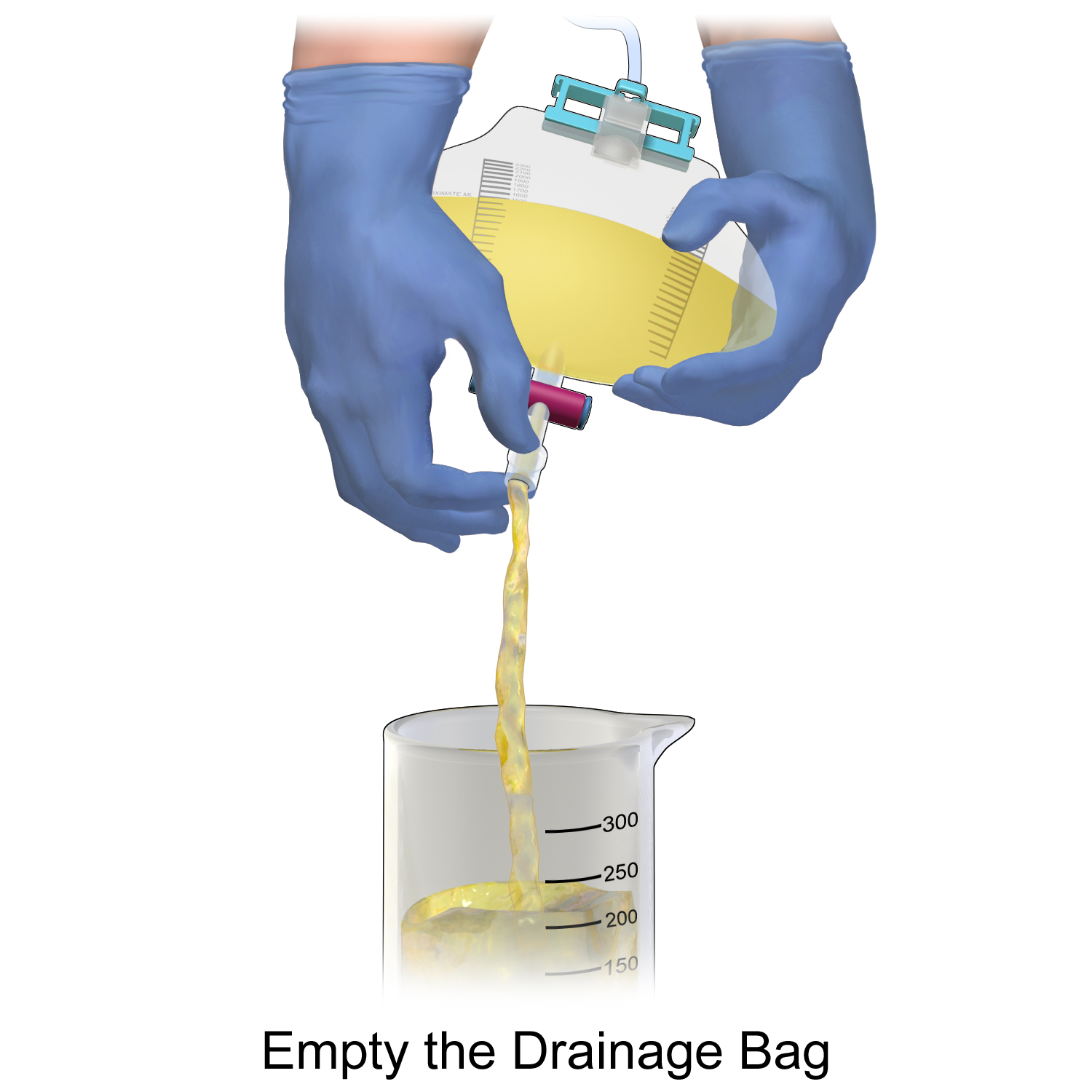
What is important to ensure when draining urine from a collection bag?
To open the drain valve and allow urine to flow into a urinal, basin, or measuring container.
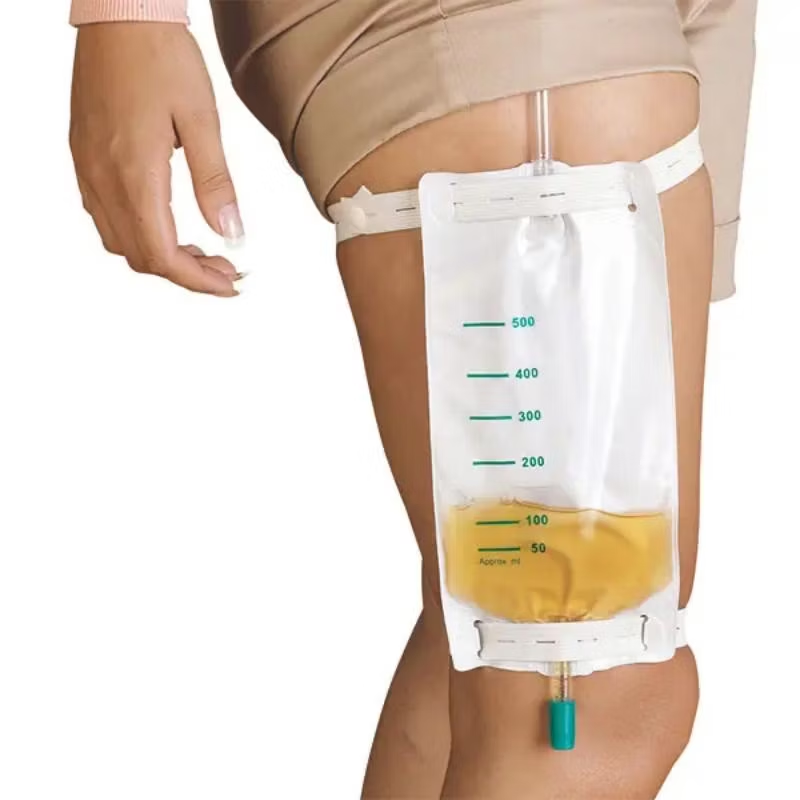
What is the one major advantage of leg bags as urinary collection systems?
Leg bags are smaller and can be easily concealed beneath clothing, promoting dignity and autonomy for clients.
What is a critical practice for perineal care in clients with urinary catheters?
Perineal care should be done at least once per shift and involves cleansing around the catheter, genitalia, and anus.
Always use warm water, a clean washcloth, and an approved perineal wash solution.
NEVER use alcohol or irritants that may hurt sensitive genital skin.
List the proper sequence of cleansing or perineal care of a female patient with an indwelling catheter:
Cleanse labia majora from front to back-Repeat on opposite side
Separate labia majora and cleanse labia minora, both sides, from front to back
Cleanse ureteral opening and vaginal canal opening using a front to back motion
Cleanse catheter beginning at the meatus and moving down

How often should suprapubic catheter dressings be changed?
Suprapubic catheter dressings should be changed daily.
The dressing may be a clean or sterile procedure, depending on the facility’s policy.
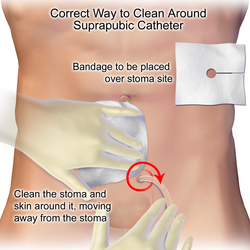
What is an important step to perform when providing perineal care to a male patient with an indwelling catheter that is not circumcised?
It is important to gently retract the foreskin to cleanse the glans thoroughly, and then RETURN the foreskin to its normal position after cleaning to prevent irritation or infection.
Perineal care involves cleansing around the catheter, the client’s genitalia, and the anus. How often should catheter care be done?
Every 8 hrs or at least once per shift.
Why should urine specimens be collected from the catheter's tubing?
Urine specimens should be collected from the tubing between the bladder and the collection bag to avoid contamination from the bag.
What are the components of a urinalysis?
A urinalysis includes tests for blood, protein, white blood cells, and other factors to assess urine quality.
What are the hygiene recommendations for perineal care in male clients?
Cleanse from the upper thighs down to the scrotum and ensure proper cleaning around the meatus for circumcised and uncircumcised males.
What is recommended to avoid when performing perineal care?
Avoid using alcohol or irritants that may harm the sensitive genital skin.
Use soap and water instead, and do not scrub harshly.